Japanese astronaut Aki Hoshide of JAXA and French astronaut Thomas Pesquet of ESA installed the mount for a solar array outside of the International Space Station during the first spacewalk to not include an American or Russian crew member.
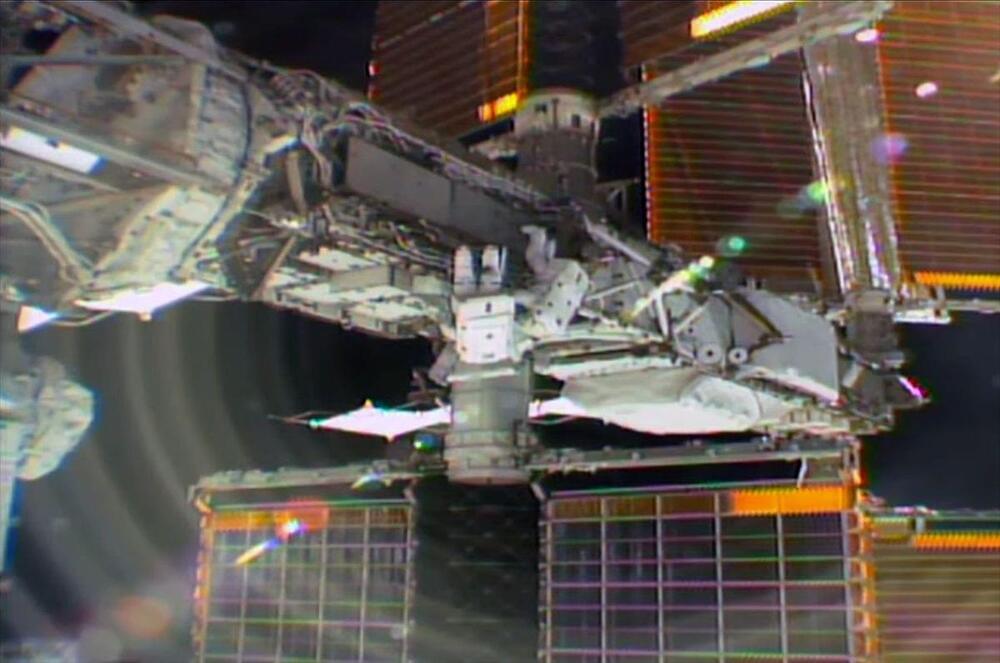

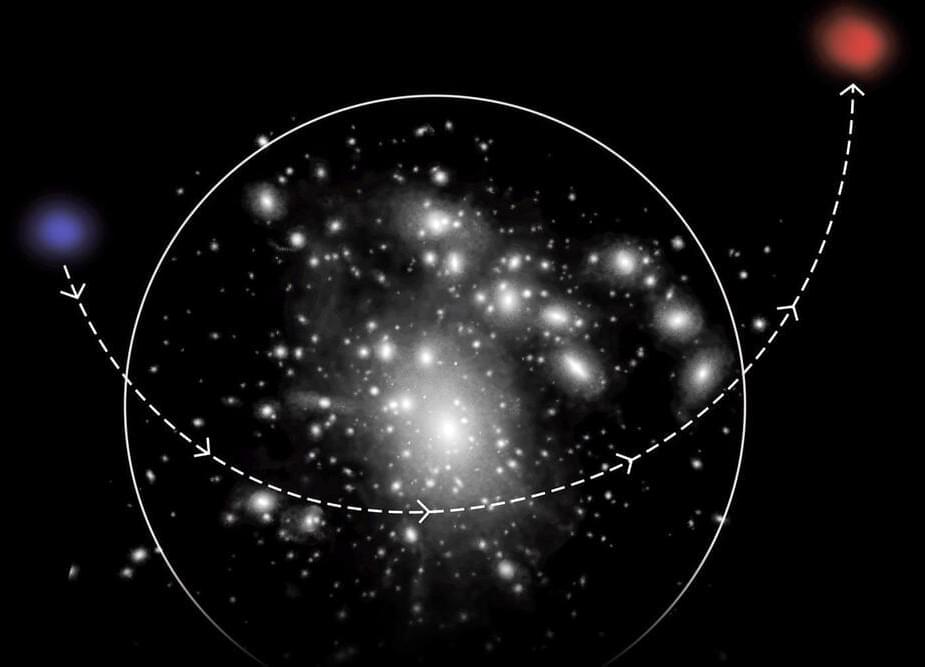
The results provide a blueprint for finding such systems in the universe’s quieter, emptier regions.
By definition, dwarf galaxies are small and dim, with just a fraction of the stars found in the Milky Way and other galaxies. There are, however, giants among the dwarfs: Ultra-diffuse galaxies, or UDGs, are dwarf systems that contain relatively few stars but are scattered over vast regions. Because they are so diffuse, these systems are difficult to detect, though most have been found tucked within clusters of larger, brighter galaxies.
Now astronomers from MIT.
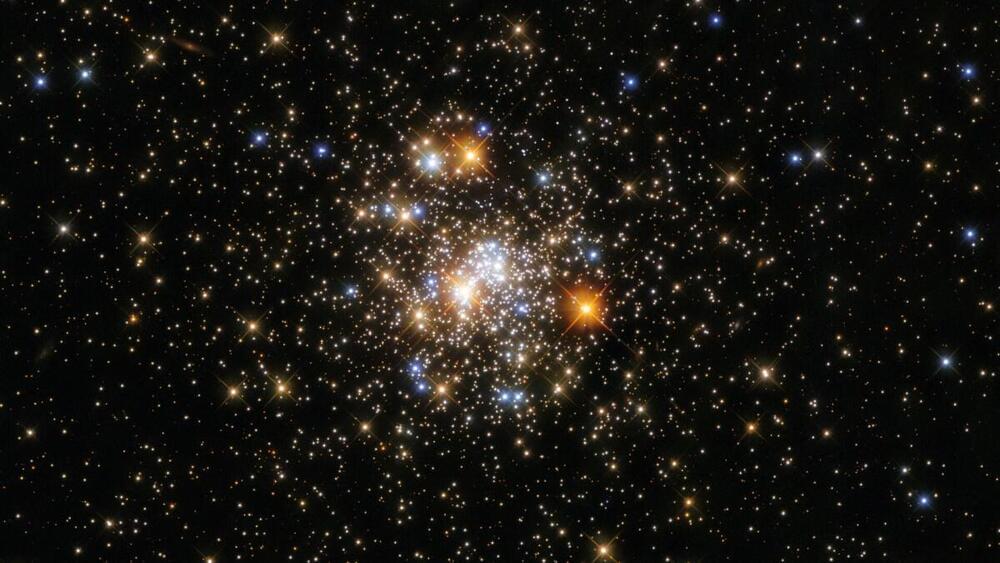
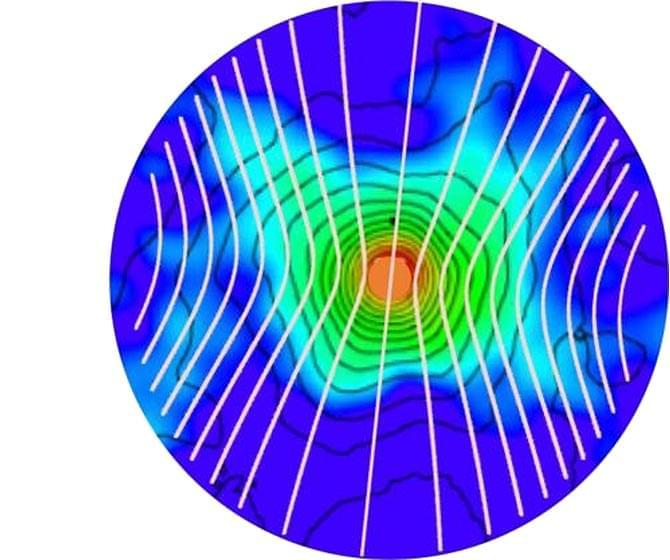
Magnetic fields in space are sometimes called the last piece in the puzzle of star formation. They are much harder to measure than the masses or motions of star-forming clouds, and their strength is still uncertain. If they are strong, they can deflect or even oppose gas flowing into a young stellar core as it collapses under the influence of gravity. If they are moderate in strength, however, they act more flexibly and guide the flow, but don’t prevent it.
Early measurements of field strengths in molecular clouds were based on radiation from molecules whose energy levels are sensitive to magnetic field strengths. Those data suggested the fields were of moderate strength, but those conclusions were tentative. More recent observations with stronger signals measured the polarized radiation from dust grains aligned with the magnetic field. These observations obtain the field strength from the changes in field direction across the cloud map.
CfA.
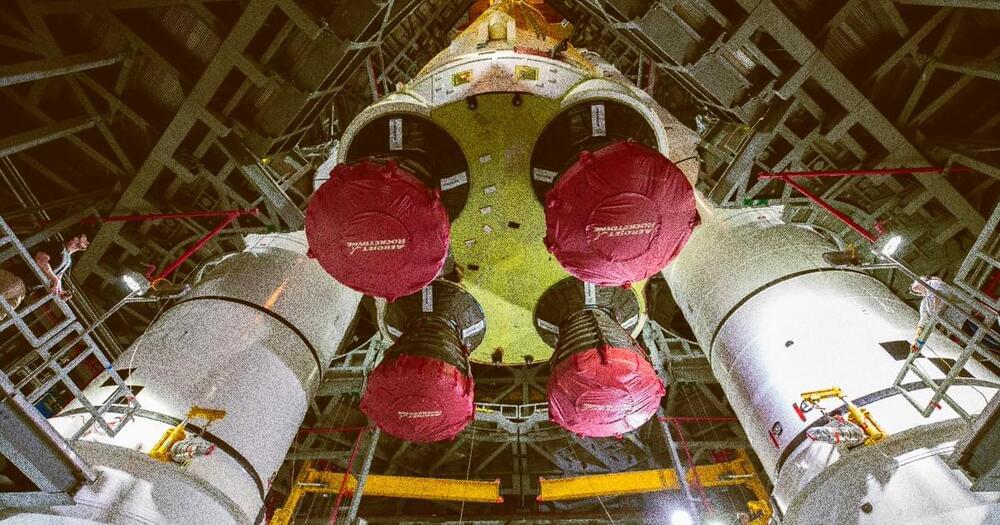
“The agency continues to monitor the rise of COVID cases in the Kennedy area, which combined with other factors such as weather and first-time operations, is impacting our schedule of operations,” NASA spokesperson Kathryn Hambleton told Ars. “Moving step by step, we are progressing toward launch while keeping our team as safe as possible.”
However, the SLS has already been delayed for years and surpassed budget expectations by billions of dollars. So while the pandemic has certainly thrown another wrench into the works, it’s not like things were progressing smoothly before the coronavirus struck. Regardless, Hambleton says that NASA should offer a revised schedule soon.
“As always, we will fly only when we are ready,” she told Ars Technica.

Cumrun Vafa is a theoretical physicist at Harvard. Please support this podcast by checking out our sponsors:
- Headspace: https://headspace.com/lex to get free 1 month trial.
- The Jordan Harbinger Show: https://www.youtube.com/thejordanharbingershow.
- Squarespace: https://lexfridman.com/squarespace and use code LEX to get 10% off.
- Allform: https://allform.com/lex to get 20% off.
CORRECTIONS:
- I’m currently hiring folks to help me with editing and image overlays so there may be some errors in overlays (as in this episode) as we build up a team. I ask for your patience.
- At 1 hour 27 minute mark, we overlay an image of Brian Greene. We meant to overlay an image of Michael Green, an early pioneer of string theory: https://bit.ly/michael-green-physicist.
- The image overlay of the heliocentric model is incorrect.
EPISODE LINKS:
Cumrun’s Twitter: https://twitter.com/cumrunv.
Cumrun’s Website: https://www.cumrunvafa.org.
Puzzles to Unravel the Universe (book): https://amzn.to/3BFk5ms.
PODCAST INFO:
Podcast website: https://lexfridman.com/podcast.
Apple Podcasts: https://apple.co/2lwqZIr.
Spotify: https://spoti.fi/2nEwCF8
RSS: https://lexfridman.com/feed/podcast/
Full episodes playlist: https://www.youtube.com/playlist?list=PLrAXtmErZgOdP_8GztsuKi9nrraNbKKp4
Clips playlist: https://www.youtube.com/playlist?list=PLrAXtmErZgOeciFP3CBCIEElOJeitOr41
OUTLINE:
0:00 — Introduction.
1:51 — Difference between math and physics.
4:34 — Evolution of quantum mechanics.
7:52 — Can mathematics lead humanity off track.
8:51 — Beauty in mathematics.
14:10 — Philosophers using symmetry.
20:04 — How can ancient geometry be used to understand reality.
23:16 — Key ideas in the history of physics.
26:09 — Einstein’s special relativity.
29:46 — Physicists building intuition.
37:44 — Best work by Einstein.
39:28 — Quantum mechanics.
49:30 — Quantum gravity.
51:45 — String theory.
1:07:54 — 10th Dimension.
1:14:32 — Skepticism regarding string theory.
1:25:37 — Key figures in string theory.
1:29:56 — String Theory’s Nobel Prize.
1:33:01 — Edward Witten.
1:41:39 — String Theory Landscape & Swamplands.
1:50:29 — Theories of everything.
2:04:55 — Advice for young people.
2:07:57 — Death.
SOCIAL:
- Twitter: https://twitter.com/lexfridman.
- LinkedIn: https://www.linkedin.com/in/lexfridman.
- Facebook: https://www.facebook.com/lexfridman.
- Instagram: https://www.instagram.com/lexfridman.
- Medium: https://medium.com/@lexfridman.
- Reddit: https://reddit.com/r/lexfridman.
- Support on Patreon: https://www.patreon.com/lexfridman
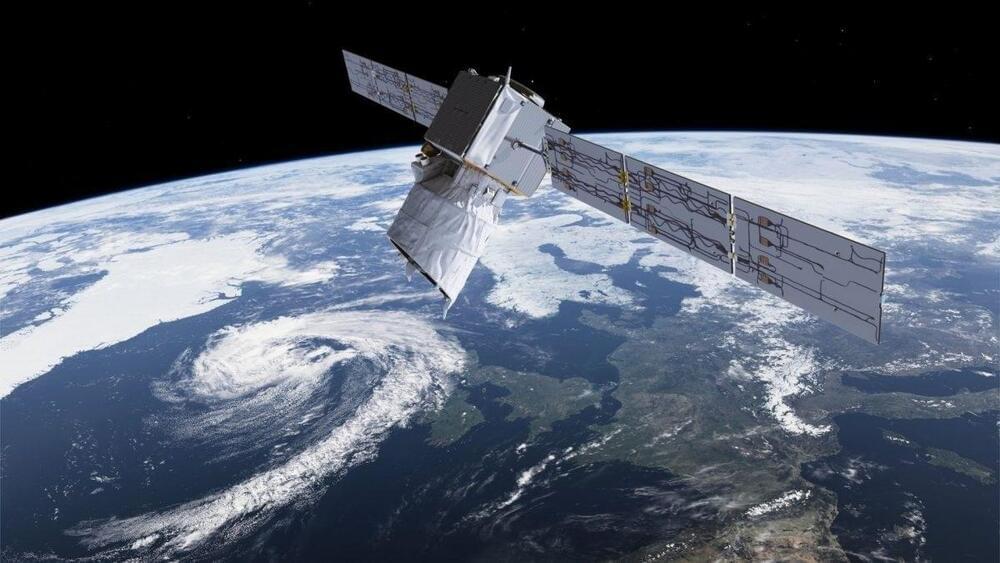
The UK Space Agency tweeted: “We are monitoring its re-entry together with @DefenceHQ, and there is no expectation the re-entry will cause any damage. Due to the varying input data, natural forces and associated observation error, there are always high levels of uncertainty when performing re-entry predictions on any satellite”.
“Today, a Starlink-1855 satellite re-entered the Earth’s atmosphere. There is a chance it will re-enter over the UK, and you might be able to spot the satellite as it burns up. Starlink has a fantastic track record or orchestrating safe and reliable re-entries. We do not expect the return of the satellite to cause any damage. Still the UK Space Agency and the Ministry of Defence continually monitor and assess the re-entries of satellite and debris and any risk to British territories through our joined Space Surveillance and Tracking capabilities”.
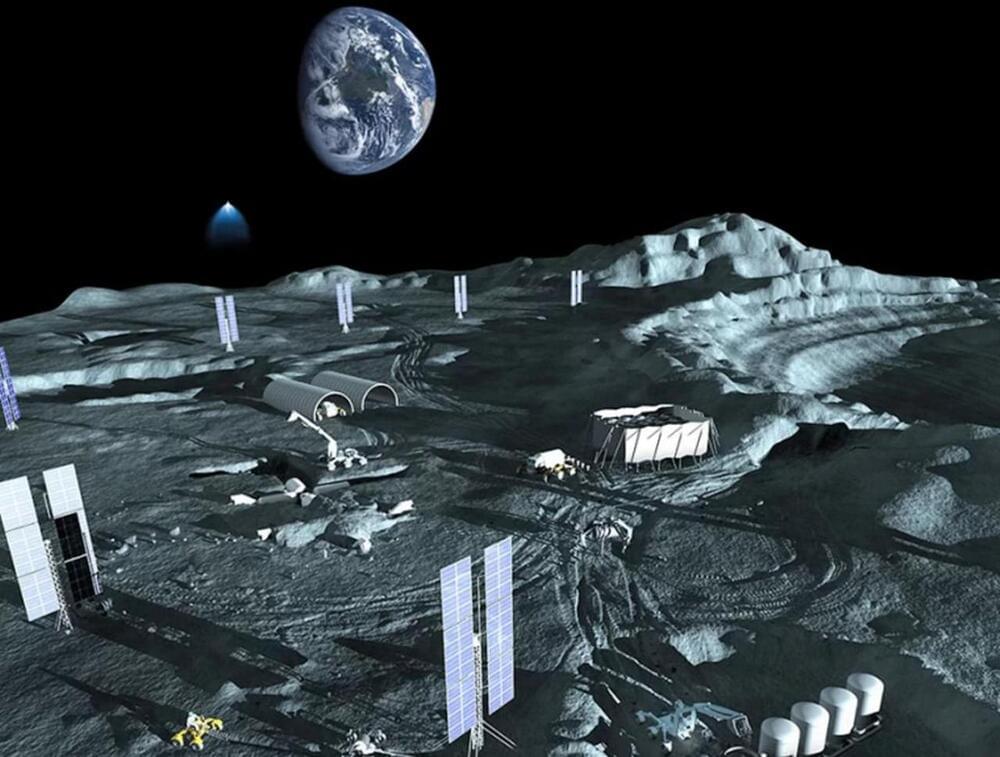

Yesterday we were at Mars, today’s for the Moon 🌗🌕🌓
See you today on the livesteam and stationary in Kielce!
ERC to największe kosmiczne wydarzenie w Europie, które łączy międzynarodowe zawody łazików marsjańskich z pokazami naukowymi i technologicznymi.
Zobacz największy na świecie aktywny marsjański wulkan! Obserwuj zmagania drużyn z całego świata na specjalnym marsjańskim torze!
Weź udział w pokazach, warsztatach i prezentacjach przygotowanych przez naszych wystawców oraz prelekcjach, rozmowach i debatach z gośćmi z całego świata.
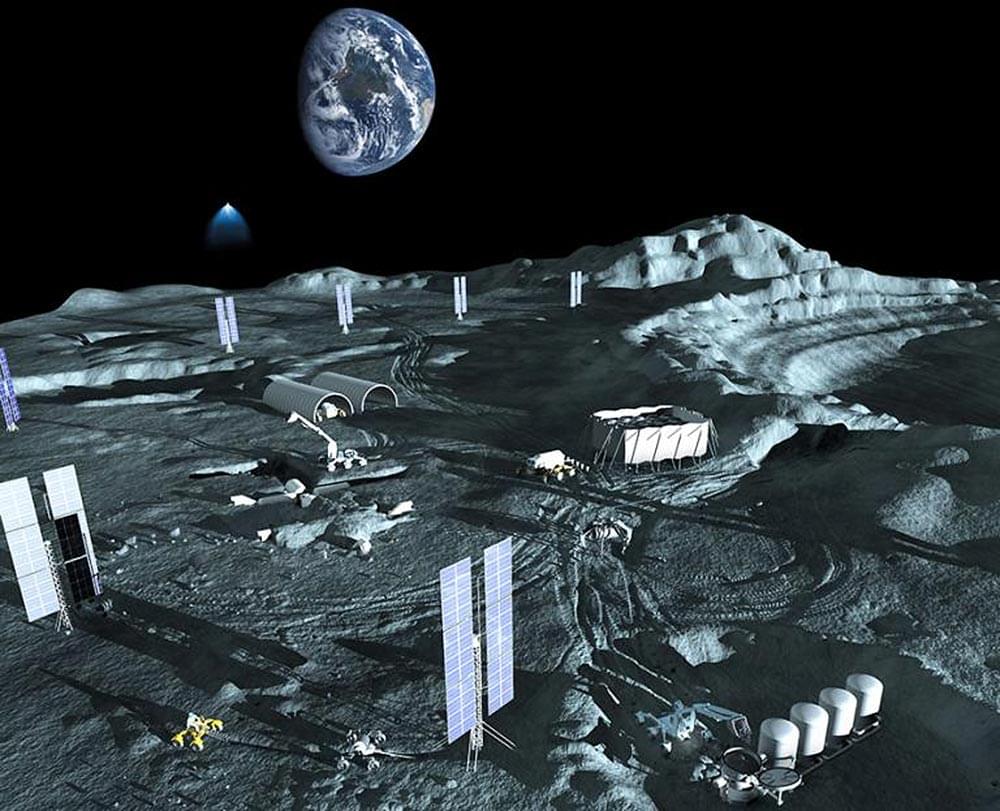
University of Arizona aerospace and mining engineers are mapping out a plan for harvesting the moon’s resources using autonomous robot swarms and new excavation techniques.
With scientists beginning to more seriously consider constructing bases on celestial bodies such as the moon, the idea of space mining is growing in popularity.
After all, if someone from Los Angeles was moving to New York to build a house, it would be a lot easier to buy the building materials in New York rather than buy them in Los Angeles and lug them 2,800 miles. Considering the distance between Earth and the moon is about 85 times greater, and that getting there requires defying gravity, using the moon’s existing resources is an appealing idea.